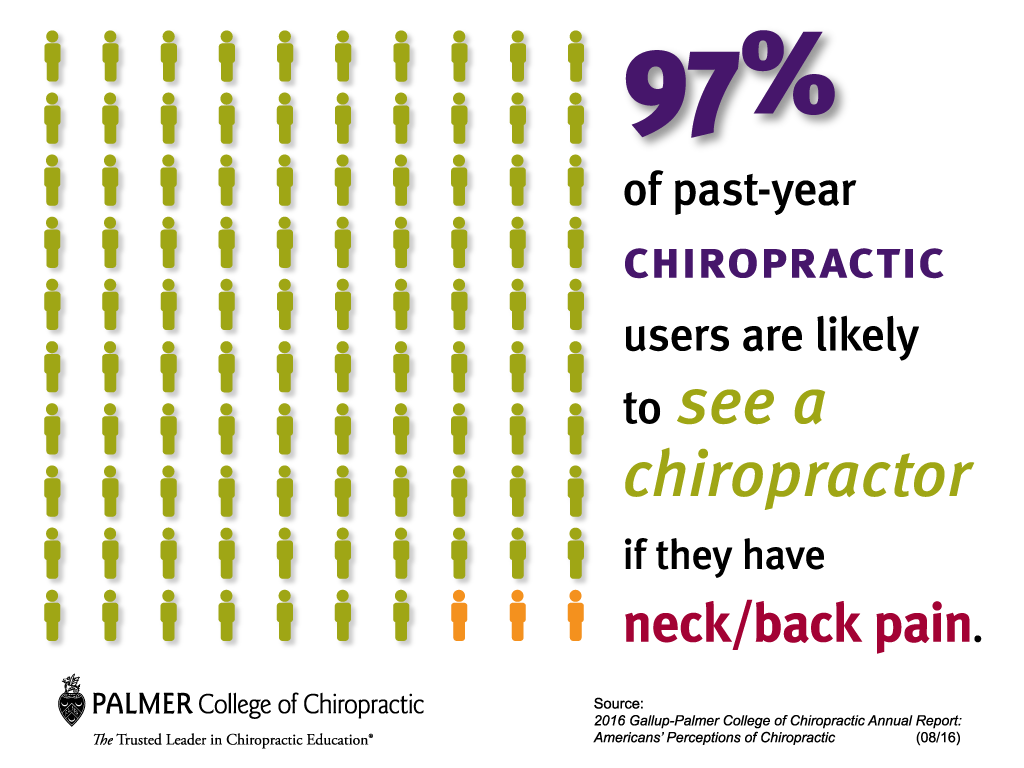Uncover The Keys Behind Neck Discomfort And Exactly How Understanding Cervical Spine Anatomy Can Help You Discover Relief
Uncover The Keys Behind Neck Discomfort And Exactly How Understanding Cervical Spine Anatomy Can Help You Discover Relief
Blog Article
Content Author-Irwin Richmond
As you rest there, maybe really feeling a stab of pain in your neck, have you ever before stopped to consider the detailed structures that comprise your cervical back? Recognizing just how the vertebrae, discs, and nerves communicate in this area can shed light on why neck pain can be so relentless and incapacitating. By checking out the foundations of cervical spinal column anatomy and its effects for neck pain, you may uncover understandings that could help you better take care of or perhaps stop those nagging aches and rigidity.
Importance of Cervical Spine Composition
Understanding the value of cervical spine composition is crucial in comprehending the complexities of neck discomfort. The cervical spine, made up of seven vertebrae, plays an essential duty in sustaining the head's weight and promoting activity. It houses the spinal cord, which transmits messages in between the mind et cetera of the body. In addition, the cervical spine protects these delicate nerves and offers architectural stability to the neck area.
Furthermore, the cervical spine allows for a wide range of motion, allowing you to turn your head, tilt it laterally, and nod up and down. Each vertebra has certain features and attributes that add to the general versatility and stability of the neck. Recognizing the makeup of the cervical back can assist you understand exactly how injuries or degenerative problems in this region can lead to neck pain and associated signs.
Components of the Cervical Back
When checking out the parts of the cervical back, it comes to be evident that its structure consists of 7 vertebrae, classified C1 to C7, stacked on top of each other. These vertebrae are critical as they offer support to the head and permit a vast array of movement in the neck.
The topmost vertebra, C1, also known as the atlas, sustains the skull and allows the nodding activity of the head. Directly below C1 is the C2 vertebra, called the axis, which allows for the turning of the head back and forth.
Moving down the cervical back, each vertebra plays a vital role in preserving the back's flexibility and stability. Between each vertebra are intervertebral discs that act as cushions, soaking up shock and avoiding the vertebrae from massaging against each other.
Comprehending the parts of the cervical spine is important in understanding how the back functions and its potential impact on neck pain.
Connection In Between Spinal Column and Neck Pain
The connection in between the spinal column and neck pain is a critical facet of comprehending bone and joint discomfort. what to take for back pain , especially the cervical region, plays a significant duty in supporting your head and allowing for different activities. When there's a concern in the back, such as a herniated disc or imbalance, it can straight influence the surrounding tissues and nerves, causing neck pain. Poor position, injuries, and degenerative problems can all contribute to spine-related neck pain.
https://www.timesnownews.com/health/article/instant-home-remedies-for-sciatica-nerve-pain-9-effective-and-natural-ways-to-help-tackle-the-problem/520735 to identify that the spine and neck function as a natural system. Any problems or imbalances in the back can cause pressure on the neck muscle mass and ligaments, causing discomfort and stiffness.
Verdict
Now that you have a basic understanding of cervical back anatomy and its connection to neck discomfort, you can better appreciate the intricacies of your own neck discomfort. Remember, the health and wellness of your cervical spine plays a critical duty in supporting your head and facilitating activity, so it's important to look after it via appropriate posture, exercise, and regular check-ups with a health care specialist. Stay informed and aggressive concerning your back health to avoid and manage neck pain properly.
